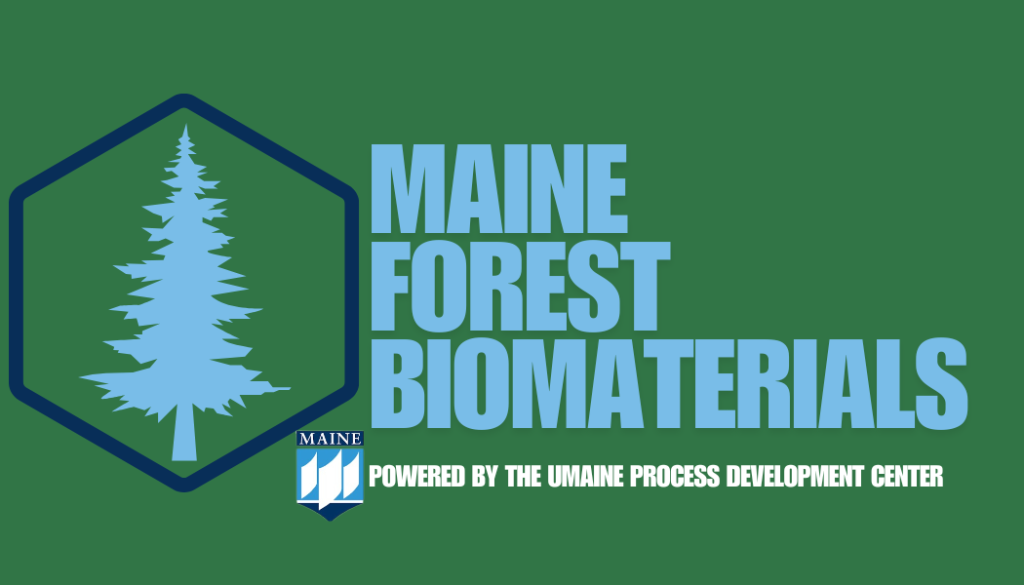Welcome to Nanocellulose Valley
For 200 years, Maine’s economy has been deeply rooted in the forest products industry. Home to sustainably managed forests, skilled workers, and research expertise at the University of Maine, the state is a natural hub for forest-based innovations and the development of cutting-edge new products.
Today, nanocellulose, nature’s super polymer, is helping to build the forest products of the future. This renewable natural material offers virtually limitless potential in a wide range of applications from food packaging to biomedical devices.
What is Nanocellulose?
Nanocellulose is extracted from cellulose, the basic component of plant cell walls and the world’s most abundant natural polymer. At UMaine, we primarily work with nanocellulose that is derived from trees and wood pulp harvested from Maine’s sustainably managed forests.
Why Maine?
Forestry is among Maine’s heritage industries and UMaine, working closely with the public and private sectors, is at the forefront of Maine forest product development. Maine is the perfect place to locate a business capitalizing upon the expansive possibilities offered by nanocellulose.
CNF and CNC
The most common forms of nanocellulose are cellulose nanofibrils (CNF), cellulose nanocrystals (CNC). The forms are differentiated by microstructures that make them suitable for different purposes. CNC usually has short, rod-shaped particles, while CNF particles are typically longer, more flexible and are often branched. CNC is typically used for transparent applications, such as films and barriers, while CNF is often used for reinforcing applications and viscosity modification.
2025 Maine Forest Biomaterials Week

Join us August 26-28, 2025 for presentations, posters, an art exhibition, tours, and more at Maine Forest Biomaterials Week. This includes both the Thermoformed Molded Fiber Symposium and the 7th Annual PDC Cellulose Nanomaterials Forum!
Learn more about past events at the PDC website where you can sign up for the PDC newsletter and The Tray newsletter.
